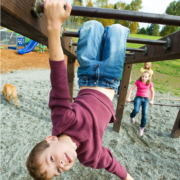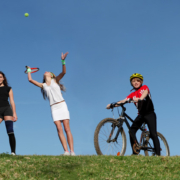An Alternative Path for Athletic Kids
At the last Winter Olympic Games, which country won more medals than any other? The U.S.? China? Russia? No, it was Norway—a record 39 medals. How does a country with about five million people outperform countries such as Germany with 80 million, Canada with 35 million, or the U.S. with 325 million? As you might expect, there isn’t one simple answer, but it may be related to their approach to sports for kids.
In 2007, the government of Norway adopted a set of rules called Children’s Rights in Sport; you can read the document by clicking on the link in the references. Their approach begins with the premise that kids should play sports because they enjoy it and that what they learn with their friends will last a lifetime. So the very first idea is that sports will be a life-long activity. Contrast that with the approach to sports in the U.S. As we proceed through elementary, high school, and college, fewer and fewer people participate in sports on a regular basis. The emphasis is on competition, not life-long skills, so the kids with an average amount of skill learn that if they’re not a star, sports isn’t for them. They become sedentary adults.
Ever play dodgeball in phys ed class? You probably remember kids with rocket arms mixed with kids a foot shorter and poor reaction times. How well does that work out most of the time? The entire Norwegian approach focuses on developing sports skills consistent with the abilities of the child, not on the kids who perform best. The approach involves community sports clubs. The approach takes whatever skills a child has and helps them improve with children of similar abilities, including children with physical disabilities.
How does this approach lead to better performance in the Winter Olympic Games? We’ll continue on Saturday.
What are you prepared to do today?
Dr. Chet
Reference: Children’s Rights in Sport









